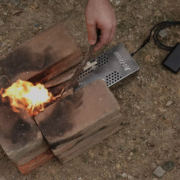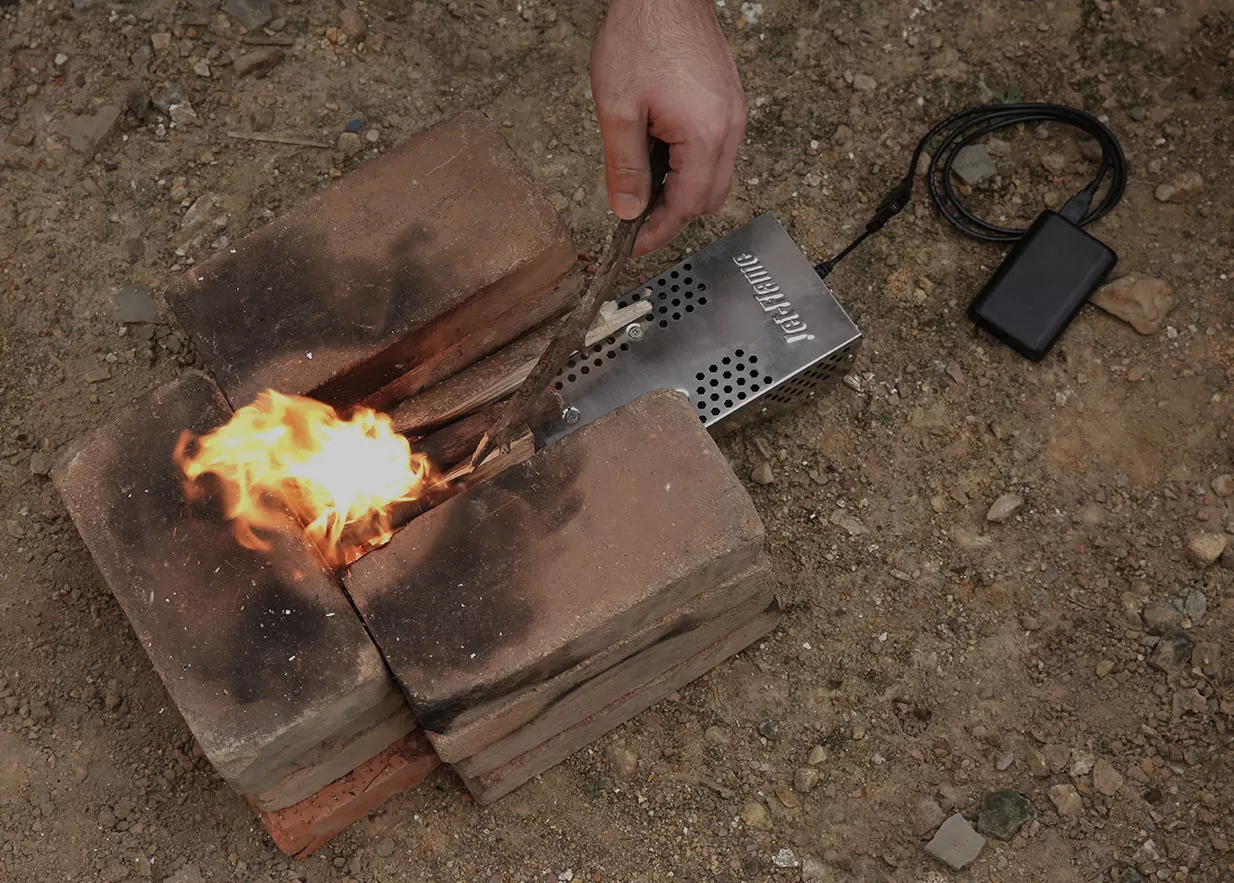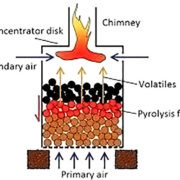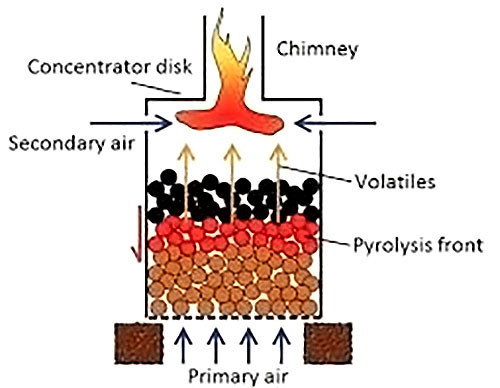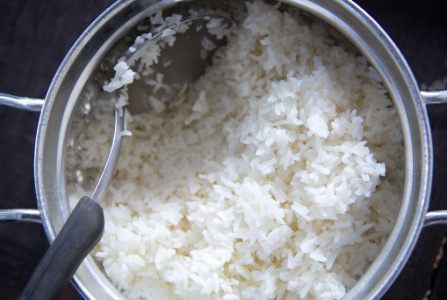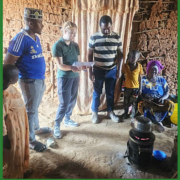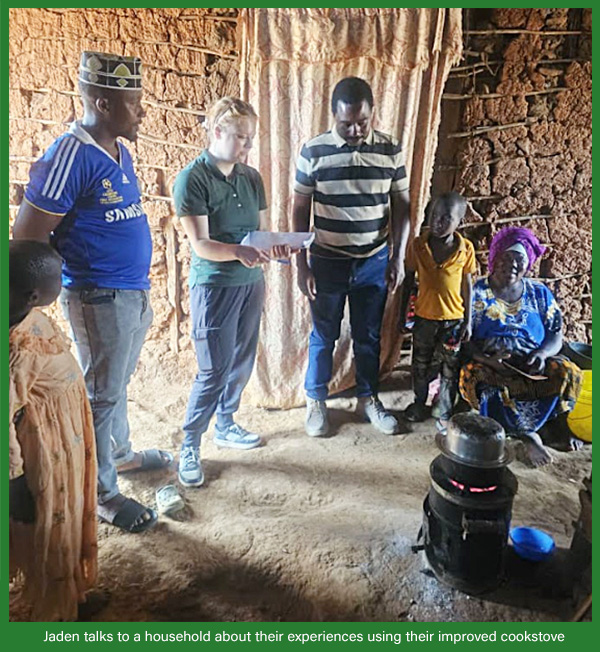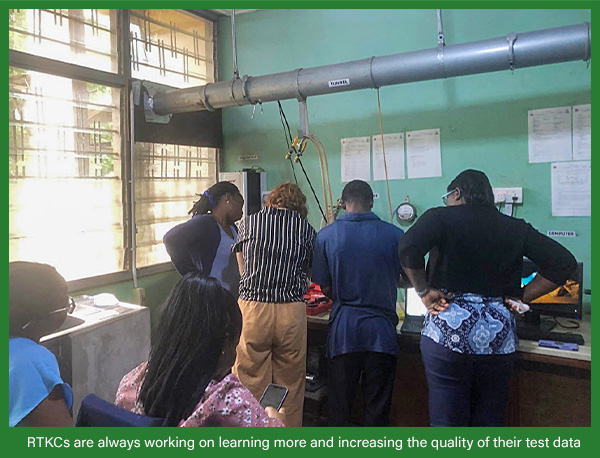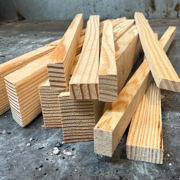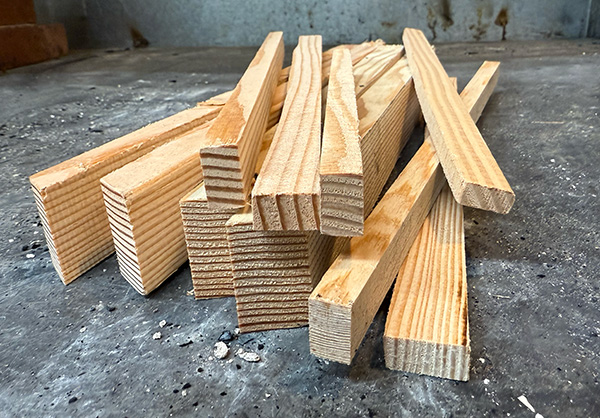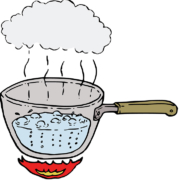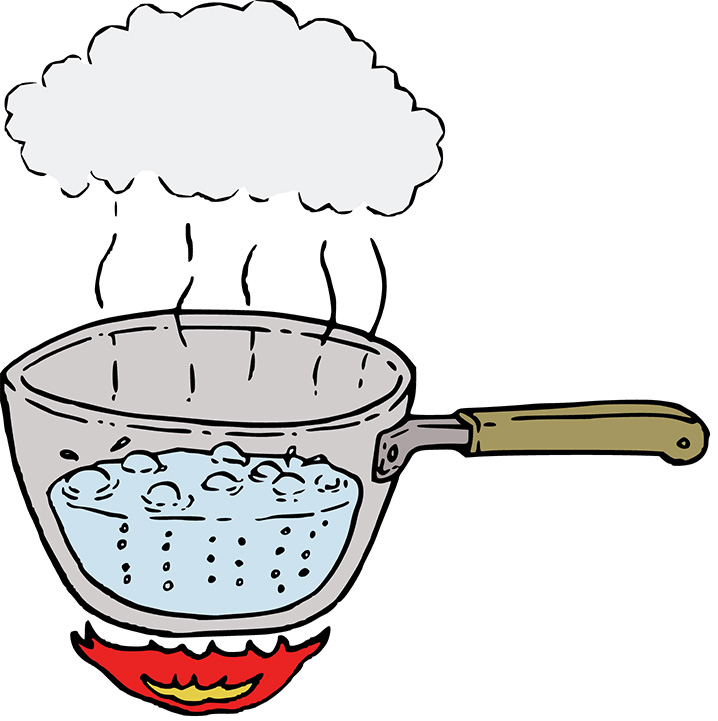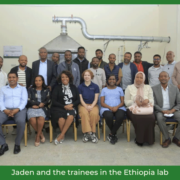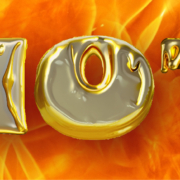Early Rocket Stove Research at Aprovecho Still Rings True
Early Rocket Stove Research at Aprovecho Still Rings True
A summary of Global Modeling and Testing of Rocket Stove Operating Variations, Nordica A. Hudelson, K.M. Bryden, Dean Still Department of Mechanical Engineering, Iowa State University, Aprovecho Research Center, 2001

In the summer of 2000, Aprovecho’s current Executive Director Nordica MacCarty spent a couple of months doing a series of 50 rocket stove tests. Nine variations of the basic rocket stove were tested, changing several parameters. The goal of this research was to determine the location and magnitude of heat losses from stoves to inform better design of efficient stoves. Her conclusions and recommendations are still valid twenty-four years later.
From the paper:
Several important stove design parameters were varied for efficiency and loss comparisons.
- The stove inlet diameter was an important factor… The chimney height had a drastic impact on the heat radiation from the flames to the pan.
The most basic result of this series of three tests per stove shows that smaller inlets and shorter chimneys are more efficient, shown in the following chart: It should be noted that the smaller inlet stoves took a much longer time period to reach boiling than those with larger inlets. Thus while they are technically more efficient, they may not be ideal for field distribution as a stove will not be used if it does not perform according to the users expectations.
- The gap between the top of the stove and the bottom of the pan influenced how much heat from the flue gasses and flames was transferred to the pan.
The stove top to pan gap was varied from a standard of 1” down to ½” and then ¼” for comparison on the 4.5” diameter stoves. An almost linear change in efficiency was observed, increasing by about 9% when the gap was reduced from 1” to ¼”. An important consideration, however, is that the ¼” gap sometimes caused the fire to burn out the top front of the feed magazine because not enough air was able to be drawn through the decreased gap to create the proper draft.
- The amount of insulation in the stove influenced how long it took to heat up the stove and thus affected the efficiency.
An unexpected discovery from these experiments is the effect of insulation on the efficiency of the rocket stove. First, it was shown that adding perlite insulation increases efficiency by about 2 to 5 percent over an uninsulated 4.5” diameter stove. However, super insulating the stove with two layers of fiberglass blanket insulation does not increase efficiency, but instead caused performance to actually decrease by as much as 3% for the 9” high stove. This is most likely due to the fact that adding fiberglass insulation increases the mass of the stove, thus it takes a longer time frame to heat up the stove and insulation.
- The use of a skirt around the pan increased heat transfer around the perimeter of the pan.
It was shown that use of a skirt has the most profound impact on stove efficiency. The 4.5” diameter stoves with a 1” stove to pan gap were each run first without a skirt, then with a ¼” gap uninsulated skirt, then a ¼” gap insulated skirt, and finally a tight insulated skirt. Addition of the uninsulated skirt caused efficiencies to increase by 10%, and insulating that skirt caused an additional 10% rise! The stove with 9” chimney rose from 21% to 39% simply by use of an insulated skirt.
Losses
Heat losses in different forms from different areas of a stove should be minimized in order to maximize the amount of heat transferred to the water. On average for all tests, convection accounted for 77%, radiation for 12%, and storage for 11% of total losses from the stove. For the pan, convection accounted for 92% of the losses, radiation for 6%, and storage for about 2%.
Conclusions and Recommendations
This series of fifty tests on varying operating setups of the rocket stove showed the following:
A smaller inlet diameter results in higher efficiency, lower combustion gas losses, higher stove and pan losses, higher percent oxygen remaining, and lower air-fuel ratios.
A shorter chimney results in higher efficiency, slightly lower combustion gas losses, higher stove and pan losses, lower percent oxygen, and a lower air-fuel ratio.
Medium (perlite) insulation provides the highest efficiency and combustion gas losses, while increasing levels of insulation generally decreases stove and pan losses, percent oxygen, and airfuel ratios.
Decreasing stove to pan gap increases efficiency, decreases combustion gas losses, increases stove and pan losses, and decreases percent oxygen and air-fuel ratios.
Use of a skirt with increasing degrees of tightness and insulation increases efficiency, decreases combustion gas losses, decreases stove and pan losses, decreases percent oxygen, and decreases air-fuel ratios.
Thus, an ideal Rocket stove theoretically would have a small inlet, short chimney, perlite insulation, a small stove to pan gap, and an insulated skirt to provide maximum efficiency, minimal losses, and more complete combustion of the fuel.


